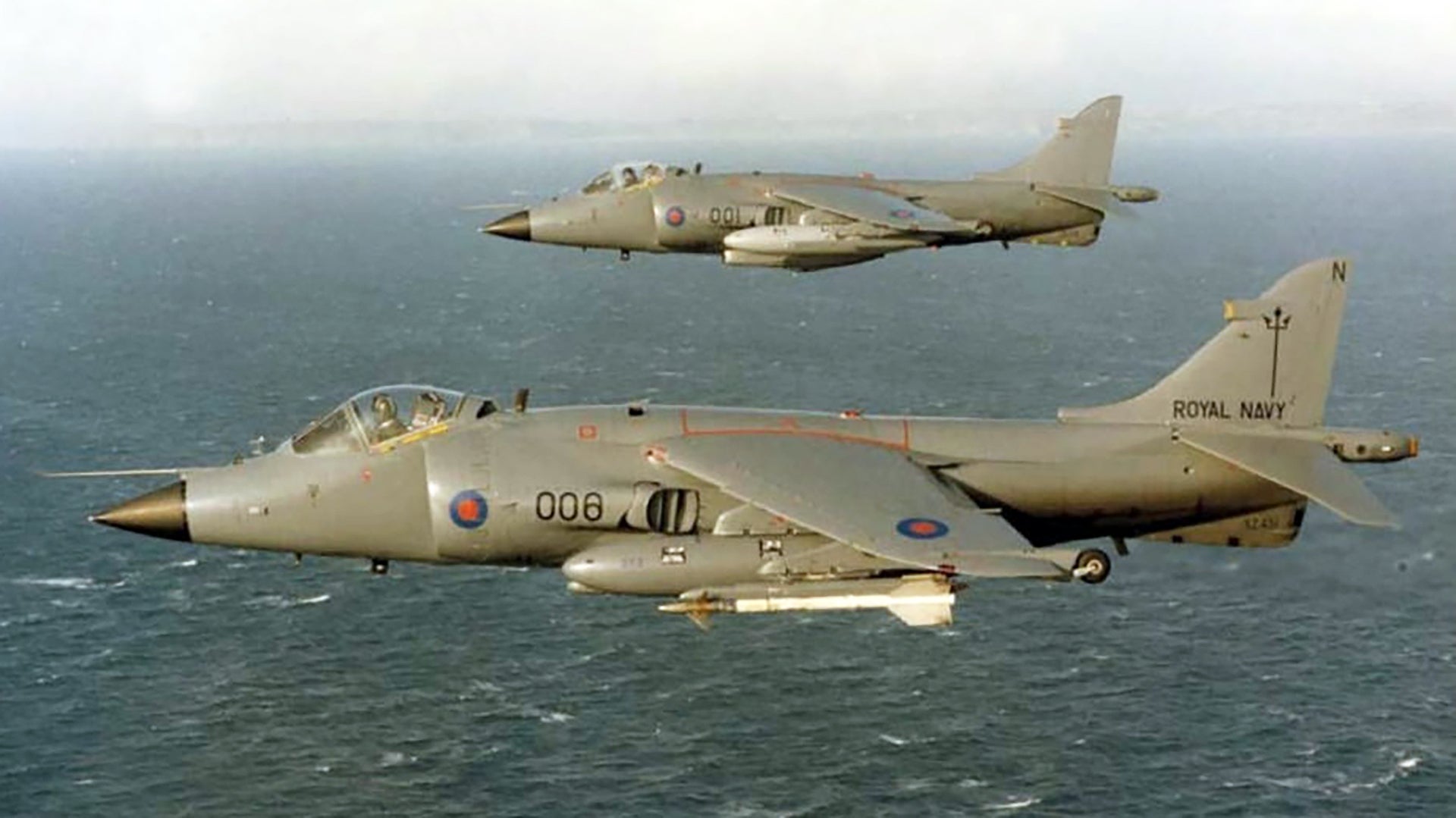The Flight Deck Officer whipped down a green flag and crouched to the side of the take-off run that stretched ahead toward the “ski-jump” ramp over the aircraft carrier HMS Hermes’ bow. Inside the cockpit of the Sea Harrier, armed with two AIM-9L Sidewinder missiles, Lieutenant Simon Hargreaves slammed the throttle lever to the stops with his left hand. Engine gauges flicked around their dials in harness with the big Rolls-Royce Pegasus turbofan winding up behind him. A second later, 10 tons of thrust began to overwhelm the brakes, scrubbing stationary rubber across the rough metal flight deck.
Hargreaves then released the brakes and the jet leaped forward, accelerating fiercely to 90 knots in just three seconds before pressing its pilot further down into his seat as it nosed up the ramp and over the bow. As soon as the cockpit cleared the deck, he pulled the nozzle lever back to the short take-off stop then left the controls alone, allowing the fighter to arc through a ballistic trajectory as it accelerated to wing-borne flight.
He could hardly believe his luck. The youngest and least experienced member of 800 Naval Air Squadron, part of the U.K. Royal Navy’s Fleet Air Arm, he’d only been out of training for a couple of months on April 2, 1982. On that date, Argentina had invaded the Falkland Islands, a small British territory nearly eight thousand miles from home.
When he took off from Hermes, it was just weeks since he’d landed on the ship for the very first time. Now the ship was leading the British Task Force sent to end the occupation and he’d been scrambled to intercept an unidentified radar contact approaching from the southwest at 20,000 feet.
Hargreaves’ interception of an Argentine Air Force Boeing 707 tracking the Royal Navy’s progress marked the first aerial encounter between the two belligerents. While not a single shot was fired, it would prove to be one of the most significant events of the whole air war.
Fifteen minutes before he launched, the young fighter pilot was preparing to fly a training sortie. Following the order to head-off the enemy shadower, the squadron’s armorers had removed the training rounds from beneath the wings of Hargreaves’ Sea Harrier and replaced them with a pair of live AIM-9L Sidewinder heat-seeking missiles.
When photographs taken during the 707’s reconnaissance mission revealed that British jets were armed with the latest version of the Sidewinder, the “Nine Lima,” it caused consternation inside Argentine crew rooms.
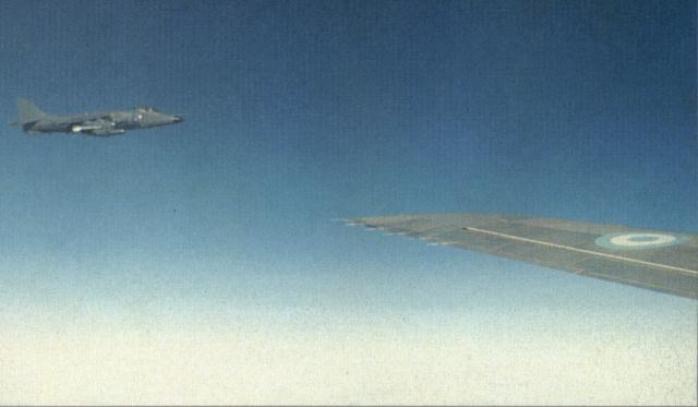
At the 1981 Junior Olympics, a 15-year-old boxer from Catskill, New York knocked out his opponent after just eight seconds in the first round to win the heavyweight gold medal. The following year, in the final of the same competition, his opponent’s corner threw in the towel in round one to spare their fighter from further punishment. That young boxer’s name was Mike Tyson. He would go on to become the undisputed heavyweight champion of the world, cutting down all-comers with clinical speed, power, and accuracy. So fearsome became his reputation that most of his opponents expected to lose before the first punch was thrown.
The AIM-9L Sidewinder had a similar effect. If the British had Nine Limas, their Argentine counterparts believed they were at a disadvantage before they had even left the ground. And with good reason. The missile had been described by one of the engineers that had developed it as “a death ray.”
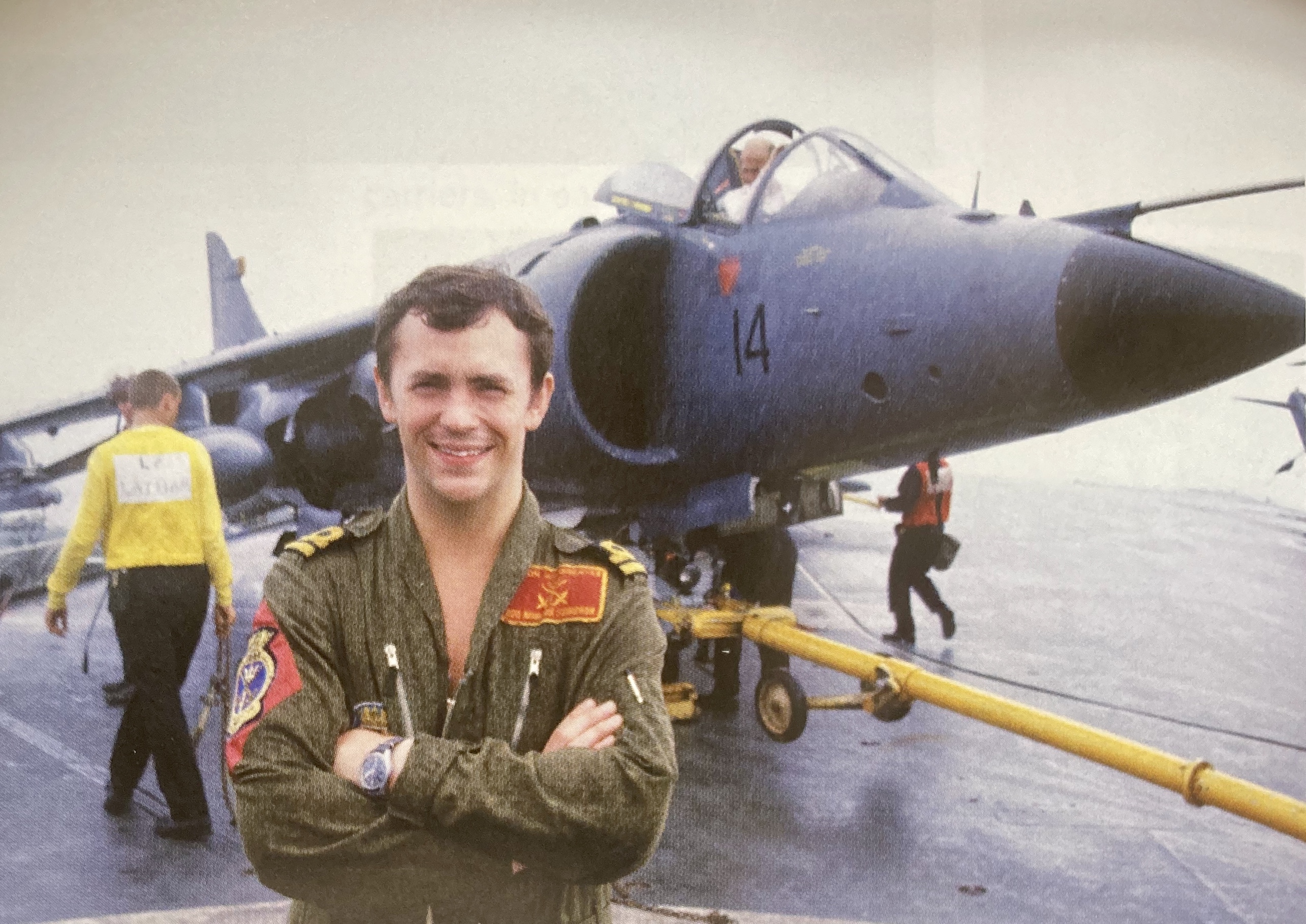
Sidewinder origins
More than three decades before the Falklands conflict, in 1951, U.S. naval aviator Wally Schirra hadn’t welcomed his new posting to the Naval Ordnance Test Station at China Lake, California. After clocking up 90 combat missions as a fighter pilot in Korea, he wanted to go to the U.S. Navy’s test pilot school at Patuxent River, Maryland, not a safe space for “Ph.D. types” in the middle of the Mojave Desert.
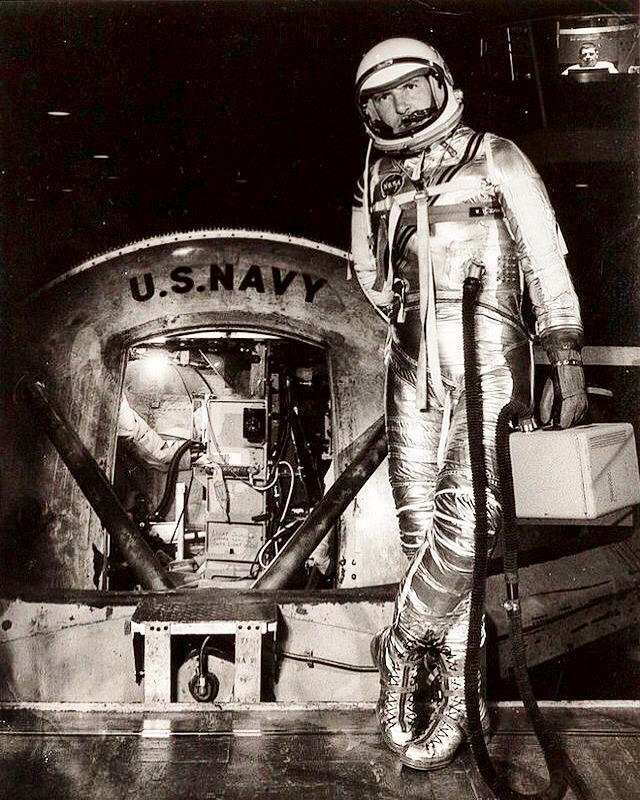
After all, he had the Right Stuff. A future NASA astronaut, the young naval aviator had flying in the blood. His father was a World War I pilot turned barnstormer, and, or so legend had it, his mother continued to perform her wing-walking act while pregnant with Wally. But when Schirra was shown around the lab at China Lake, his disappointment soon turned to fascination. A smoker, Schirra noticed that a device mounted inside a small glass dome attached to the front of an adapted 5-inch air-to-ground rocket, was following him, or rather his cigarette, around the room.
“This,” his boss told him, “is your new toy.”
The new heat-seeking missile would be christened the Sidewinder, named after the local horned rattlesnake that hunted in the desert at night by detecting the infrared radiation given off by its prey, and it was going to change the nature of aerial warfare forever.
The new missile’s development flew in the face of the then state-of-the-art in air-to-air missile design. While large American aerospace companies like Hughes and Raytheon poured Air Force and Navy money into ever more complex, sophisticated, and apparently fallible radar-guided systems, the small team at China Lake tacked the other way.
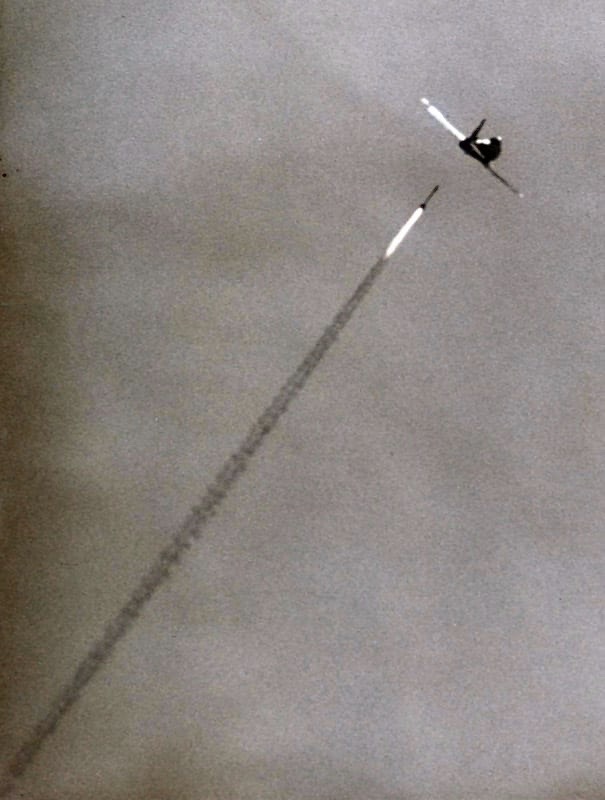
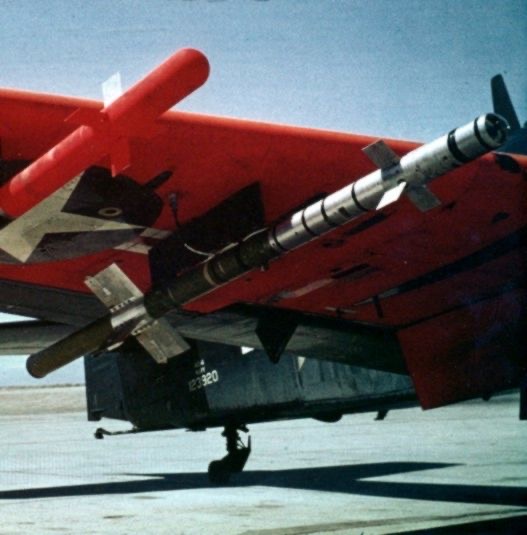
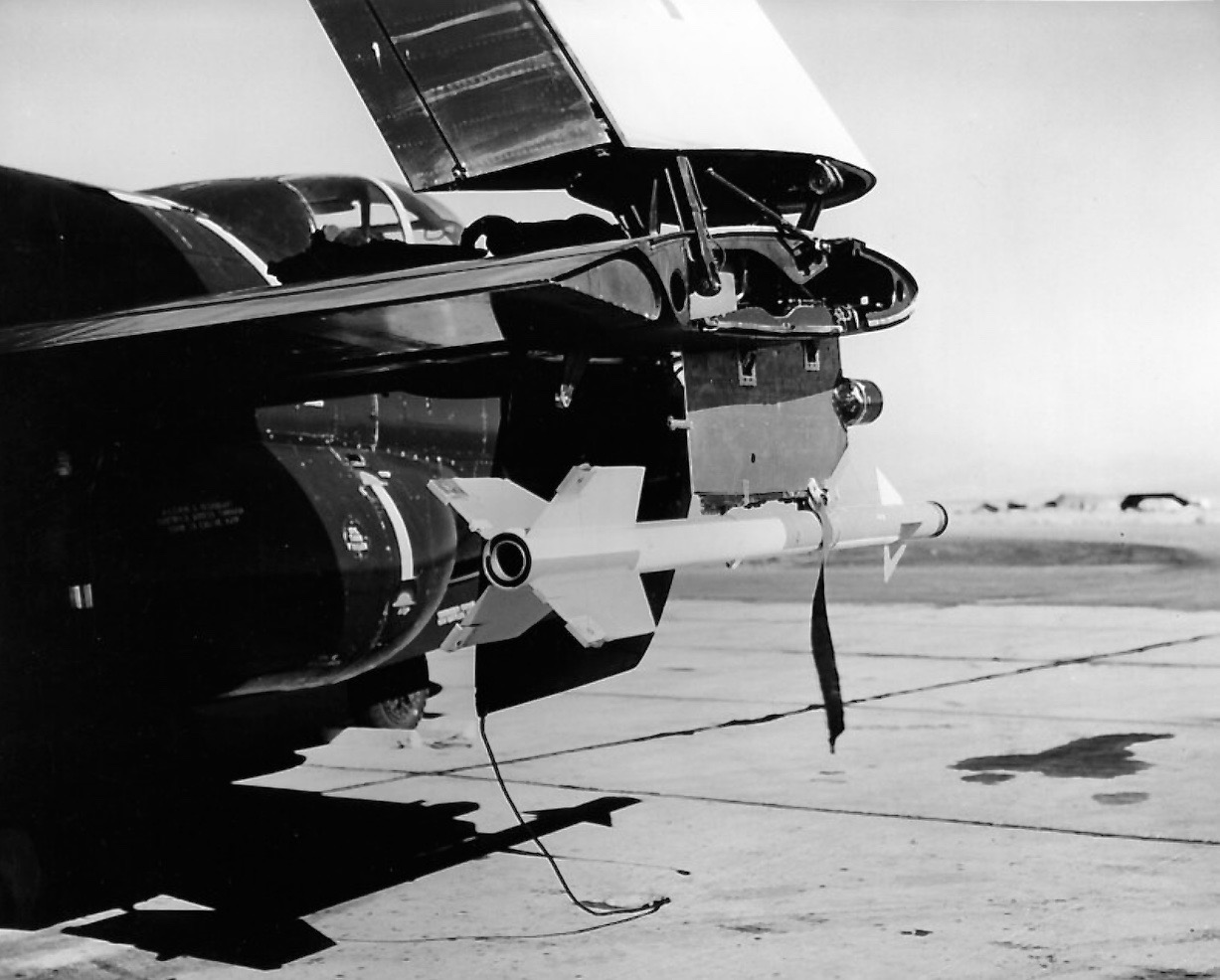
“It’s easy,” argued the team’s leader, Dr. William B. McLean, “to build something complicated; it’s hard to build it so it’s simple.” The key to success thought McLean in 1946: put the fire control in the missile instead of the aircraft.
A year after the end of World War II, he set his mind on building what amounted to an autonomous robot that, once fired by the pilot, would guide itself to the target with no further outside input or direction. McLean first sketched the “heat-homing” seeker head that would make that possible on an envelope in 1947. Developed as an R&D project, without official support, the project advanced under McLean’s exacting leadership and, by 1953, China Lake test pilots were able to amuse themselves by swooping in behind trucks, trains, and Greyhound buses to see if they could get their missiles to lock on.
But it was footage of an old B-17 Flying Fortress spiraling into the ground after taking a direct hit from one of the missiles in early 1954 that finally helped persuade officials in Washington to take an interest. By March 1955, the Sidewinder, which eventually received the designation AIM-9, was in full-scale production. It would make its combat debut three years later.
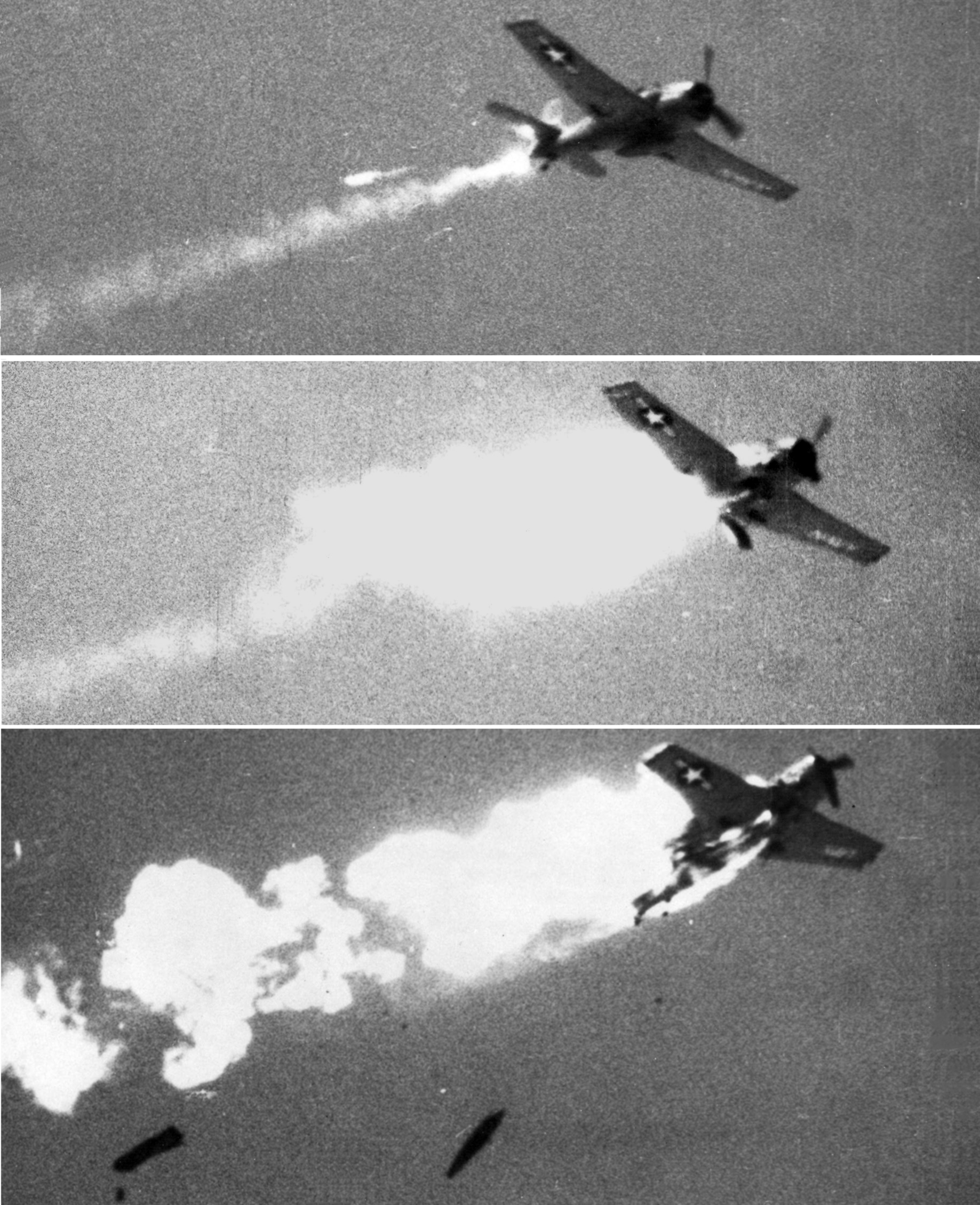
Early combat
In the summer of 1958, as tension mounted over the Chinese Communist bombardment of Taiwanese islands in the Taiwan Strait, American and Chinese warships stared each other down. High above them, Taiwanese F-86 Sabre jet fighters tried and failed to get within gun range of the Communist Chinese MiG-17 Fresco jets flying overhead with impunity.
Capable of flying faster and higher than the Taiwanese jets, the Soviet-built MiGs were untouchable. On September 22, the Taiwanese pilots rejoined the battle with a new trick up their sleeves. By the end of the day they’d destroyed at least 10 of the high-flying Chinese MiGs and had shown that, armed with the right weapon, a fighter didn’t necessarily need to outperform its opponent.
Such was the confidence in the new generation of air-to-air missiles, such as the Sidewinder that, after breaking every sort of speed and altitude world record under the sun, the U.S. Navy’s hot new interceptor, the McDonnell Douglas F-4 Phantom II, entered service in the early 1960s without a gun. Yet in combat in Vietnam, the Sidewinder failed to live up to expectations. By the end of the war in Southeast Asia, just one in five Sidewinders had hit its target.
As it turned out, the early Sidewinder was extremely short-ranged and it needed a clear, unbroken view of the target’s jet exhaust, so it had to be fired from behind the enemy. That required a degree of cooperation from a target that was likely to be more inclined to try hard maneuvering, flying into clouds, or pointing toward the sun. All of this worked in confounding the missile. It didn’t like wet weather, either and, at low altitude over water, it found it hard to acquire the target at all.
Even the later AIM-9G version of the Sidewinder, which was piled high in British armories and magazines in early 1982, looked like a weapon that was going to be asked to perform well out of its comfort zone at low level in the grim late-fall conditions faced by the British Task Force in the South Atlantic.
All-aspect AAM in the Falklands
The Nine Lima was another matter altogether, though. Its design had been shaped by the experience in Vietnam to address every one of its predecessors’ shortcomings. A brand-new seeker head gave it an all-aspect capability making it the first Sidewinder that could be fired at a target from any direction, even head-on. New double-delta canards endowed it with the ability to generate 35 g loads as it twisted and turned towards its prey. No aircraft, let alone its pilot, could match it.
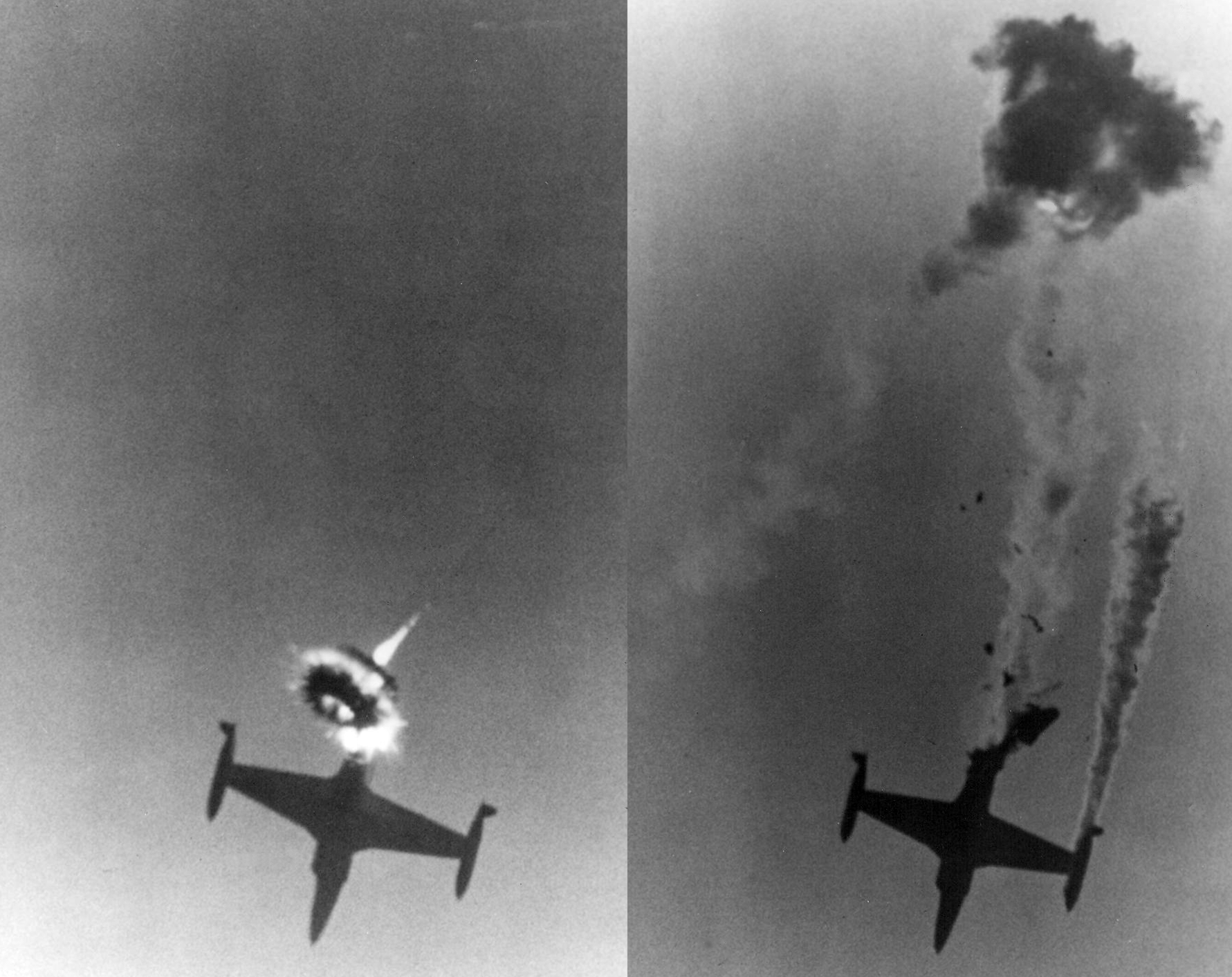
“When China Lake invented the Nine Lima,” a USAF colonel told one of the engineers at Raytheon, the missile’s manufacturer, “I knew it was time to get out of the fighter pilot business.”
Unfortunately, when, on April 5, 1982, the British fleet set sail for the Falklands, they had just 19 examples of the new missile. Inside the Ministry of Defence in London, there were urgent efforts being made to rectify the situation. A quantity of AIM-9Ls had been raided from NATO stocks at RAF Leuchars, a Royal Air Force base in Scotland. More importantly, 100 more had been requested from the United States.
The plan was to have these additional missiles air-freighted directly to Ascension Island in the mid-Atlantic to await the arrival of the Royal Navy’s two carriers, HMS Hermes and HMS Invincible. It all rested on an assumption that the Sea Harrier could carry and fire the Nine Lima. It wasn’t expected to be an issue, but with just 20 Sea Harriers providing air cover for a British operation mounted only 300 miles from the Argentinian mainland, there was no room for any doubt.
Five days after the invasion of the Falklands, Lieutenant Commander Tim Gedge, who only two months earlier had relinquished command of 800 Naval Air Squadron, was asked to form a new Sea Harrier squadron to reinforce the small force of jump jets that had already deployed. He was given just three weeks to do it and his unit had a Dirty Dozen feel to it.
He pulled mothballed Sea Harriers out of storage, from test squadrons, and off the British Aerospace production line. Anywhere he could find them. Radars were appropriated from jets earmarked for the Indian Navy, while his pilots were recalled from foreign exchange postings in Arizona, California, and Australia. Two were borrowed from a Royal Air Force Harrier squadron in Germany. The only thing they were missing, joked one aviator, “is someone sprung from jail.”
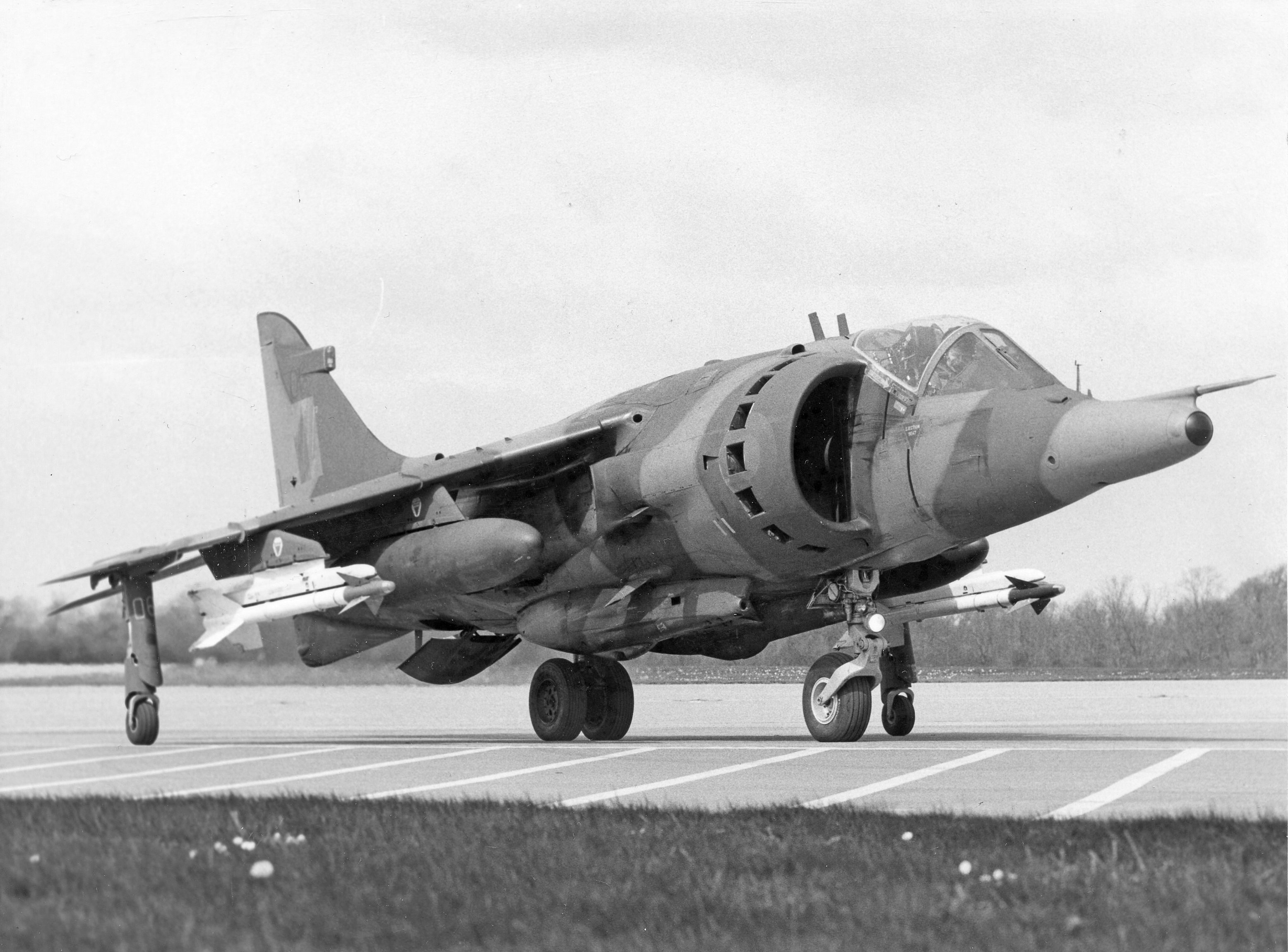
While Gedge’s priority was to make sure his pilots were given bare-bones training in flying and fighting the Sea Harrier — and some would get fewer than 10 hours in the cockpit of the jet — he was also charged with helping develop and test new weapons, software, and tactics. In his last weeks as squadron boss of 800 Naval Air Squadron, Gedge knew that the Sea Harrier’s clearance trials for the Nine Lima had been scheduled for later in the year. He now brought them forward to the end of the week.
He booked time on the weapons ranges at RAF Valley on Anglesey in Wales, rustled up a chase plane from the Aeroplane and Armament Experimental Establishment at Boscombe Down, Wiltshire, to observe the test firings, and directed a pair of experienced pilots to plan the various flight profiles they’d use during the trials. But when, a couple of days later, Gedge flew up to Valley himself, he was told there was a problem.
The reprofiled canard fins at the front of the Nine Lima meant it no longer fit on the missile launch rails beneath the Sea Harrier’s wings. That would normally need an expensive manufacturer’s redesign and recertification to sort out. He asked the Chief Petty Officer responsible for arming the aircraft if there was anything that could be done.
“Well, we could just file down rails we’ve already got to make them fit…”
Gedge told him to do it, amused at the ease with which the normal sequence of things had been sidestepped. “Must be one of the cheapest modifications ever,” he thought.
The trials were complete a day later. Six shots. Six direct hits. 100%. The Nine Lima was ready to go to war.
A fortnight later, so too was Gedge’s reformed 809 Naval Air Squadron.
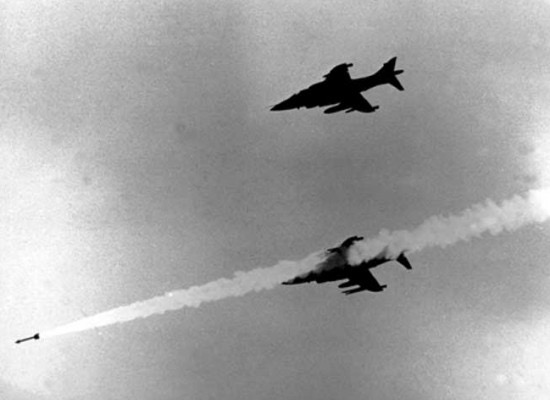
The final tally
In the six-week war that followed, the Royal Navy’s Sea Harriers — outnumbered nearly 10-to-one by the Argentine fast jet force — won a decisive victory. In shooting down 23 enemy aircraft, they had not suffered a single loss in air combat by return. Twenty-one of the British kills fell to the AIM-9L Sidewinder, which finished the war with an 87% success rate.
The Royal Navy’s opponent, the Argentine Air Force, included jets that were considerably faster than the Sea Harriers, such as the Mach-2-capable delta-wing Mirage III and Dagger jet fighters, plus agile A-4 Skyhawks. By any measure, this was a very credible adversary, much like the MiG-17s that had tangled with Sabres over the Taiwan Strait almost a quarter-century earlier.
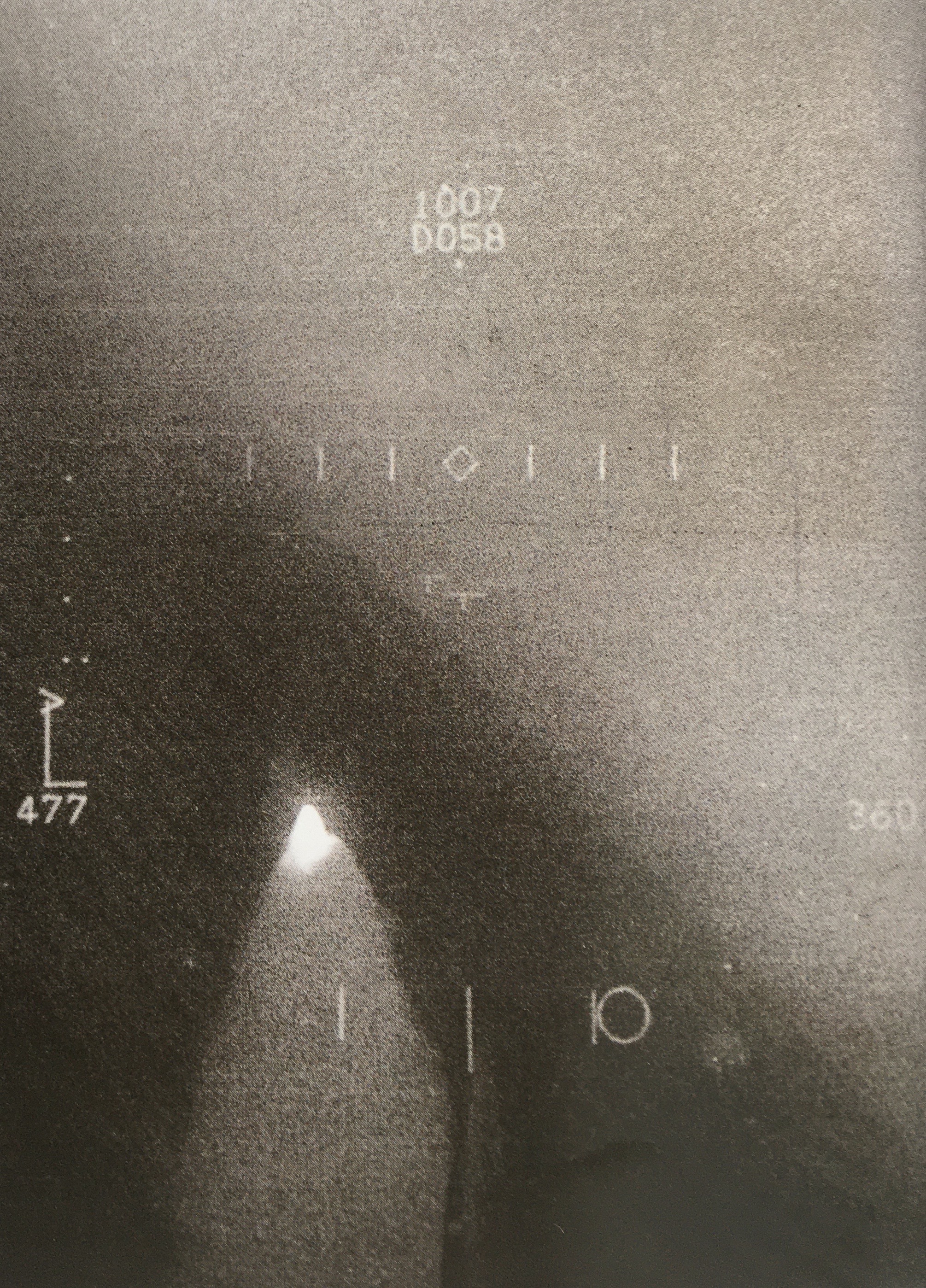
The Nine Lima didn’t have it all its own way, though. There had been a handful of occasions when the missile had refused to leave the rails. It was thought that the constant rain and mist might have borne some responsibility for the failures. And so, in order to remedy the situation, the Sidewinders’ infrared seekers were removed after each mission and dried out in the carrier’s bread ovens before being reattached as required. It seemed to do the trick.
No matter what, the Nine Lima had proved to be a war-winner. This was a fact reinforced later in the year when it went into action with the Israeli Air Force over Lebanon’s Bekaa Valley against the Syrian Air Force with similar results.
Way back in 1934, the British Air Ministry, worried about falling behind German technological advances, set up a Committee for the Scientific Survey of Air Defence. Of particular concern to the committee was the prospect of some kind of electromagnetic beam being used to either disable aircraft or incapacitate their crews. Unable to figure out how to do it on their own, they offered a £1,000 prize to anyone who could build a device that could incinerate a sheep from a distance of 100 yards. With the prize still unclaimed a year later, the Air Ministry asked the country’s Radar Research Station for advice on the “practicability of proposals of the type colloquially called ‘death ray’.” The death ray turned out to be a not very practical proposition at all.
Fifty years later, though, a weapon so devastatingly lethal that it had earned that label from one of its creators helped Britain win an unlikely war on the far side of the world against a skilled and courageous opponent.
Rowland White’s new book, Harrier 809, which tells the dramatic story of how a small, outnumbered band of fighter pilots won a victory in the air eight thousand miles from home, is published by Silvertail Books on October 15, 2020. Make sure to order your copy by clicking here.

Contact the editor: tyler@thedrive.com
